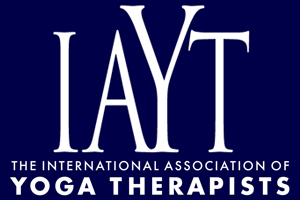Pain Uncertainty in Patients with Fibromyalgia, Yoga Practitioners, and Healthy Volunteers
Background: Uncertainty about potentially painful events affects how pain is experienced. Individuals with fibromyalgia (FM) often exhibit anxiety and catastrophic thoughts regarding pain and difficulties dealing with pain uncertainty. Objectives: The effects of pain uncertainty in predictably high odds (HO), predictably low odds (LO), and even odds (EO) conditions on subjective ratings of pain (PR) and skin conductance responses (SCR) following the administration of a painful stimulus were examined for individuals with fibromyalgia (IWFM), healthy volunteers (HVs), and yoga practitioners (YPs). We hypothesized IWFM would demonstrate the greatest physiological reactivity to pain uncertainty, followed by HVs and YPs, respectively. Methods: Nine IWFM, 7 YPs, and 10 HVs participated. Results: Custom contrast estimates comparing responses for HO, LO, and EO pain conditions showed higher SCR for IWFM (CE = 1.27, p = 0.01) but not for HVs or for YPs. PR for the EO condition were significantly greater than for HO and LO conditions for IWFM (CE = 0.60, p = 0.012) but not for HVs or YPs. YPs had lower SCR and PR than did HVs. Conclusions: Results show that uncertainty regarding pain increases the experience of pain, whereas certainty regarding pain may reduce pain ratings for individuals with fibromyalgia.
